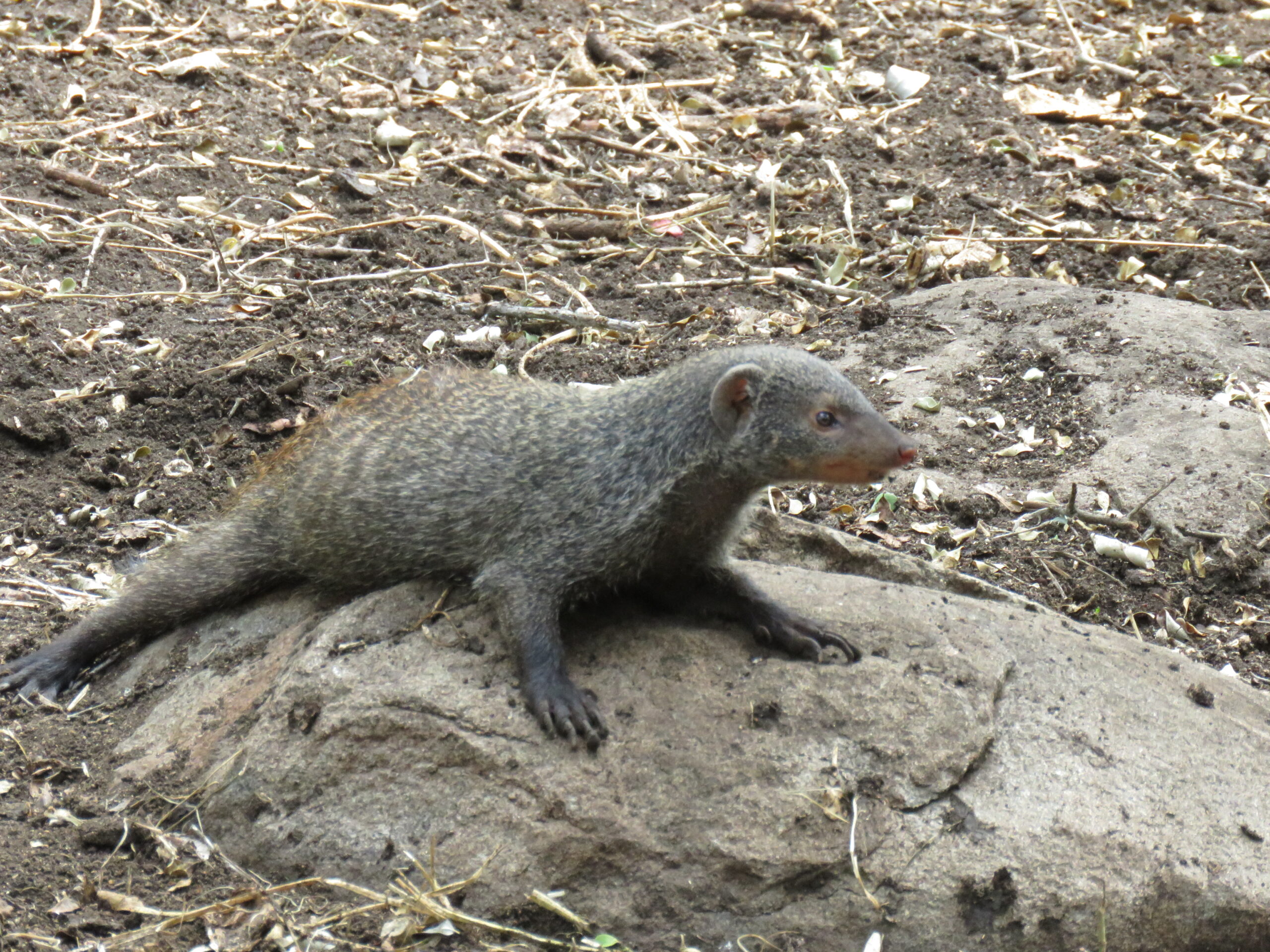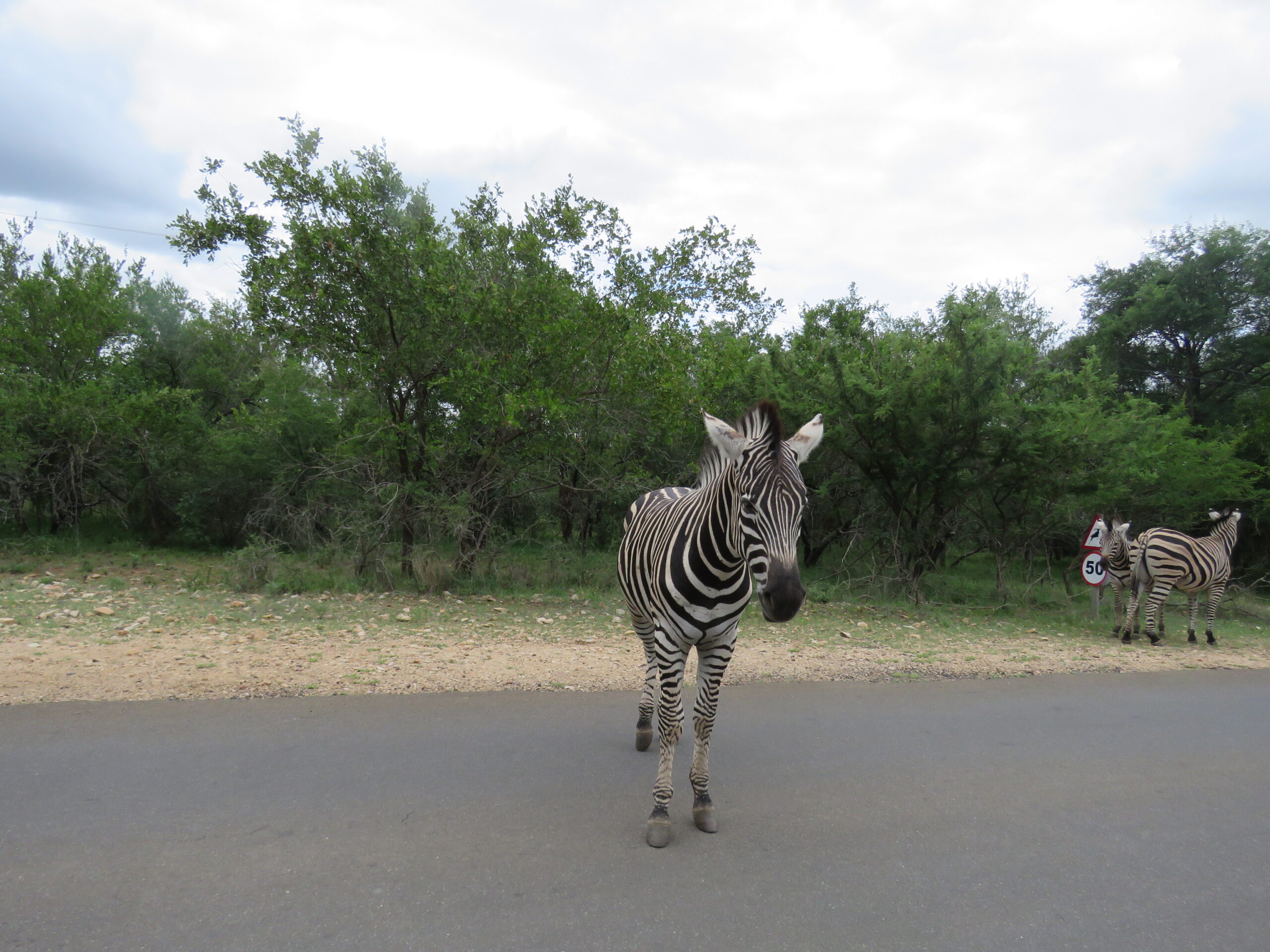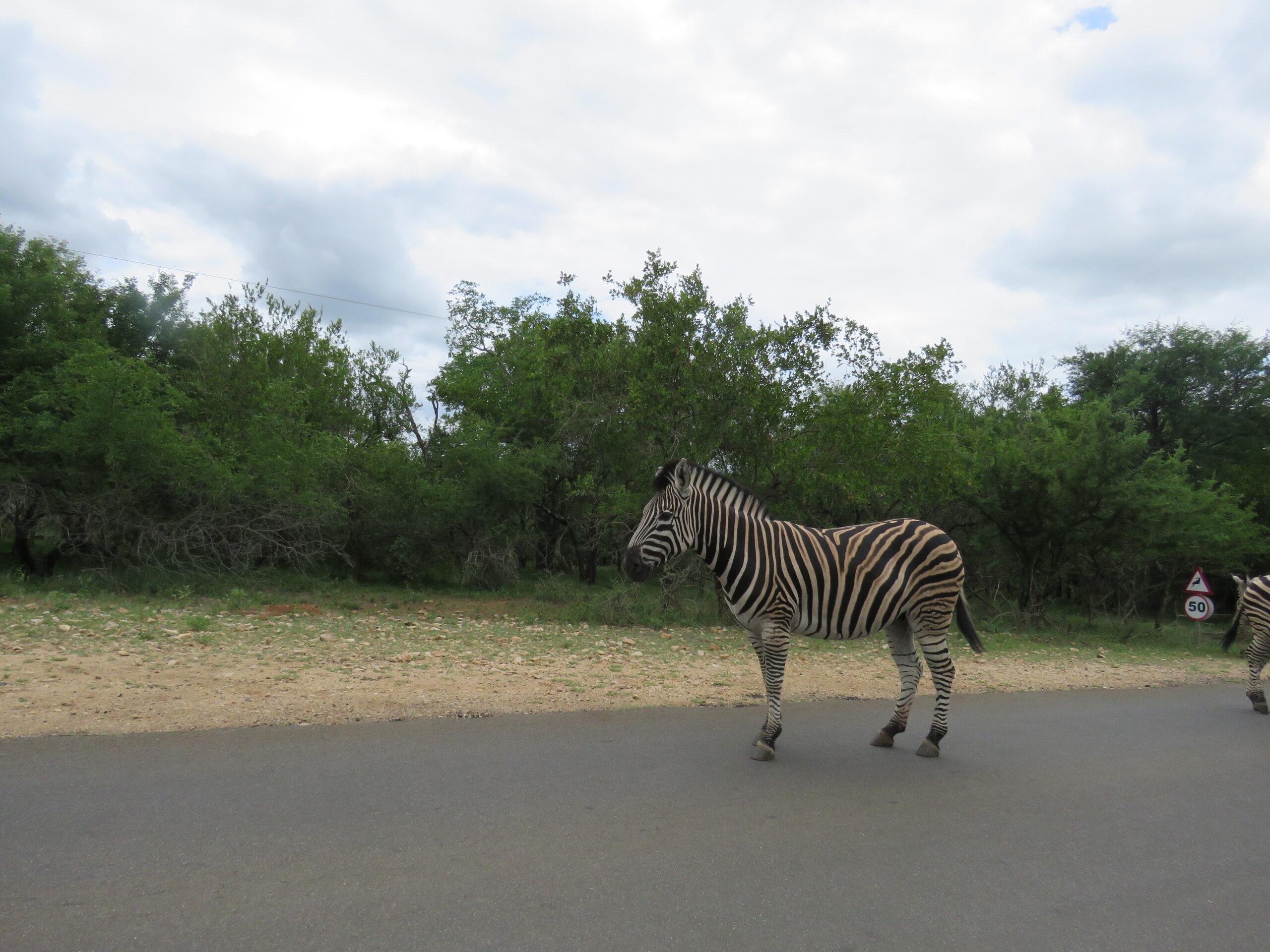
Finally, this afternoon I will get to work on compiling our final expenses from our 10-month hotel stay in Mumbai, India. I don’t know why I’ve been putting this off. The only reason I can think of is how preoccupied and happy I am taking photos in our garden which backs up to Lionspruit, a game reserve within a game reserve/conservancy here in Marloth Park where the two lions Dezi and Fluffy, live along with other wildlife, some of which prove to be a food source for them.

Lionspruit is described as follows from this site:
“Lionspruit Game Reserve is a 1500ha (hectare) nature reserve, a home to the big five which offers a true bushveld experience to the guests and residents of Marloth Park. Marloth Park is a wildlife conservation area, bordering Kruger National Park. The main species of game within Lionspruit Game Reserve are white rhino, Impala, Kudu, Zebra, and other small antelope, various mammals, reptiles and birdlife but Buffalo, Rhino and Lion are confined within the Lionspruit Game Reserve while the other wildlife can roam freely between Marloth Park and Lionspruit Game Reserve.
Currently, the reserve accommodates only day visitors. Various rangers patrol the reserve to monitor the animals and guard the animals against poachers as well as to monitor vegetation. Picnic spots are available for all visitors, but they need to be alert because lions roam around the area.”

Surely, one night soon, as we sit on the veranda we’ll hear their roars when they make their way close to the fence that separates our piece of heaven from theirs. We hope to make a recording of those amazing sounds.

The mongooses in today’s photos, make a chirping little sound, especially when they are anxious for some eggs. The sound of the endless stream of birds in the bush is heard throughout the day, particularly, the sound of the African Morning Dove, whose relentless trill permeates the air day and night.

During our past visits to Marloth Park, we had several resident Francolins. Now, we have a mating pair, their two growing chicks, and two other mating pairs. Often during the day and at dusk and every night without fail, they all begin their crazy loud song/chirping, unlike anything we’ve ever heard in our old lives. I’m sure one night soon, we’ll make a sound clip/video of those sounds, the nightly reminder that darkness is about to fall.

It’s so easy to sit here all day, getting up four times a day to walk on the treadmill, prepare a meal, do an occasional load of laundry or deal with recharging our digital equipment. Zef and Vusi washed, dried, and folded all of the musty clothes we had in our luggage for months.
Now, with everything neatly folded and hung up in our respective closet areas in the master bedroom, we’re in great shape. I am using the chest of drawers in the second bedroom with an en suite bathroom which I use for showering and dressing. We sleep in the master bedroom, but having a separate bathroom for each of us is a treat.

Finally, we have two showers with floors that aren’t dangerously slippery, making showering all the more pleasant each day. Typical for the bush, the shower water pressure is low, but we manage just fine. The hot water is ultra-hot, so we are careful, but especially appreciate it for washing dishes, although we have a dishwasher we also use.
Yes, load shedding is a pain, especially when there’s no power or WiFi. Yes, the heat and humidity are outrageous and uncomfortable most days. Yes, the necessity to constantly keep an eye out for snakes or venomous insects is challenging. Yes, applying and reapplying DEET-laden repellent several times a day is an annoying must-do. (We opted not to take malaria prophylactics for such an extended period).

And yes, not knowing when and if the Covid-19 vaccine will be available in South Africa is a huge source of concern, wondering when and if we can relax a little and not worry about it. All of these concerns are a part of living in this country, living in Africa, living in the bush. But, amid all of this, we are content, fascinated, and in awe of our surroundings, It will be grand when and if we all can socialize and be more at ease with others.

In the interim, we all must continue to be diligent, to be careful, and maintain hope for our future. Be well.
Photo from one year ago today, January 21, 2020:
 |
| Staci and I by the entrance to the Red, White & Brew restaurant. The wine and food were excellent and the companionship was spectacular. Hopefully, we’ll meet up somewhere in the future. For more from that post, please click here. |

Can we see some photos of your accommodation? And what is the tiled pool we have glimpsed? So glad you are enjoying your new way of life. All best wishes,Peter and Caro
Caro & Peter, yes, we will. I will use the photos Louise posted since our “stuff” won’t be cluttering the view. That tiled pool is ours which we’ve yet to use. We’ve been too busy working on a bit of “this and that” to take time to lounge in the pool but we will soon. Hope you both are well.
Hugs,
Jess & Tom